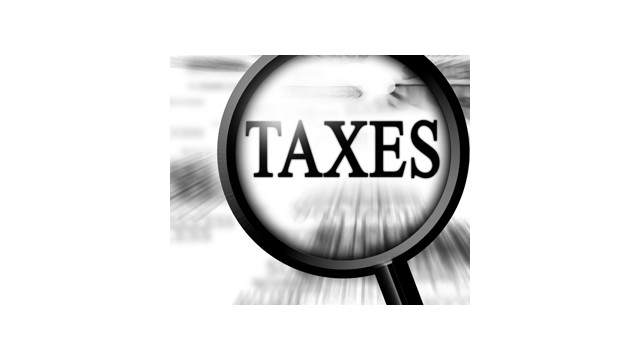R&D Tax Credits: Underutilized and Indispensable
Every year, companies throw away thousands or even hundreds of thousands of dollars because of simple misunderstandings surrounding the research and development (R&D) tax credit. Despite being clarified and made more accessible than ever, many ...
Dec. 11, 2019

Every year, companies throw away thousands or even hundreds of thousands of dollars because of simple misunderstandings surrounding the research and development (R&D) tax credit. Despite being clarified and made more accessible than ever, many taxpayers believe the credit doesn’t apply to them, or that they are otherwise ineligible. This costly mistake has led to the credit being woefully underutilized even as it saves billions for those in the know every year.
The hesitance of companies to utilize this credit is itself nothing new – in fact, it dates back decades to when innovation incentives were first built into the tax code in the 1980s. At that time, the tests, definitions and regulations used for these credits were vague and complex, resulting in many companies locked in legal battles with the IRS after attempting to claim the credits.
This may have scared off many companies, but things have been simplified since then – especially in recent years. Over the last few years, legislation has delivered a one-two punch of both clarity and accessibility to R&D credits through, for example, the Protecting Americans From Tax Hikes (PATH) and the Tax Cuts and Jobs acts, as well as a number of court rulings.
One of the big points, which changed with recent legislation, is that R&D tax credits aren’t only for major, taxable research corporations – they can also apply to startups and small businesses. Under the PATH act, these groups can qualify for $250,000 each year for up to five years – $1.25 million total – in R&D credits to offset the Federal Insurance Contributions Act portion of their payroll taxes, so long as they have less than five years of gross receipts and their annual gross receipts are less than $5 million.
Today, whether a company qualifies for these credits is determined by a four-part test, requiring that:
- The R&D must be tied to the new or improved functionality, performance, reliability or quality of a business component.
- The purpose of the R&D must be aimed at eliminating uncertainty, specifically with regards to the capability of carrying out the development or improvement, along with the design and method of doing so.
- The work must be technological in nature, utilizing technologies and principles based in the hard sciences.
- The activity must use a process of experimentation, generally taken to mean anything from trial and error to a conventional use of the scientific method.
Within these requirements, there are multiple stumbling points that result in many perfectly qualified companies either dropping their pursuit of the credits or never seeking them out in the first place.
A common trip-up for many companies is the point in the requirements mentioning the subject of R&D must be “new or improved.” Contrary to all-too-common belief, this isn’t asking all qualified companies to invent the wheel. In truth, if a company is developing anything at all that’s new or improved – even just internally – it likely fulfills this requirement, so long as the company itself is able to pass the four-part test.
Similarly, many companies shy away because they do not perform a traditional research function, such as software development, engineering or scientific exploration. Executives don’t think R&D applies to them, but in reality, research can happen just about anywhere and be conducted by anyone. If you meet the requirements, it doesn’t matter if your work is being done in a lab, a patch of grass or a kitchen.
In the early days of the R&D tax credit, it was understandable that people would shy away due to the complexities piled on the financial and legal risks of claiming the credit. But now, there is simply too much money being walked away from when, with a bit of effort and guidance, this tax break can be enjoyed by so many.
========
Michael Silvio, CPA is the Director of Tax Services at Hall & Company CPAs & Consultants. He has 30 years of experience in public accounting and tax planning, and he has served a variety of businesses in the commercial and residential real estate industries. He can be reached at ms@hallcpas.com . For more information, visit www.hallcpas.com.
